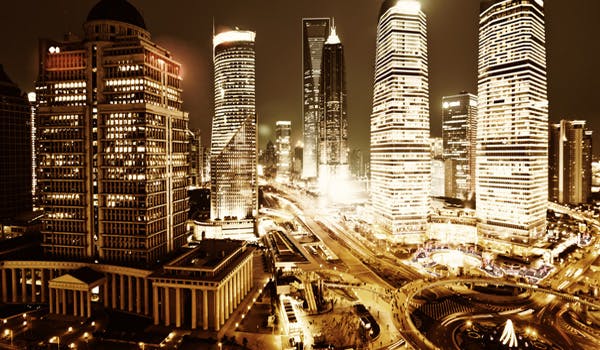Even though more consumers are turning to ecommerce for products and services, physical brick-and-mortar stores will never go away.
There is just something about an in-store experience that ecommerce can never fully replace. Plus, there is no web substitute for certain industries, such as restaurants, barbershops and beauty salons. However, even for these sectors, there are still ways technology can be incorporated into the store to enhance the experience for both the consumer and employees.
Examples of innovative technology trends
Many businesses have already incorporated some form of technology into their business without even realising it. How often have you found a wall-mounted HD TV situated in a waiting room while awaiting your appointment? That is technology aimed at improving customer experience. There are also other gadgets that some companies are currently experimenting with and are expected to become more commonplace in the near future; some examples include the following:
- Interactive restaurant menus – In lieu of the traditional restaurant menu, some restaurants and diners are now offering interactive menus accessible via tablets. Patrons are given a tablet device that acts as a full functioning menu that is far more detailed than traditional ones. Guests can look at high quality photos of menu items and access additional information, such as full nutritional facts, allergy warnings, ingredients, and suggestions for appetizers, beverages and desserts.
- Facebook hangers – C&A, a Brazilian apparel store, is among the first to implement digital hangers infused with social media. Each apparel item is hung on a hanger with a number that is continuously updated in real time and represents the total number of likes that garment has on Facebook. Hangers with a high number represents popular and trendy clothing; even hangers displaying a lower number may be desirable among shoppers who prefer an ‘outsider’s’ trend.
- Virtual changing rooms – This is another technological innovation some department stores are including in their shops. Digital changing rooms come in the form of a freestanding LCD screen that the customer stands in front of. A camera will then capture that person’s image on screen where he or she will have a selection of garments to select from. The selected clothing will be overlaid on your on-screen twin. Users will also have additional options, such as adjusting the garment’s fit to make it looser or tighter, or with the sleeves up or down.
Business technology for staffers
- Cloud computing – Traditionally, this was formerly only available to large enterprises, though these days more services are available that allows smaller companies to take advantage of cloud computing without the high cost and technical expertise. This makes it easy for companies to quickly get software updates, improve security settings and increase scalability and speed without the need to hire an internal IT team. Cloud computing services are available at affordable rates and all maintenance is handled by the agency.
- Appointments and Point-of-Sales software – In the old days, appointments and sales were done through a log book and bulky cashier system. Today, the scheduling and sales can be done through a smartphone or tablet using software that the entire staff can access through their own device. This way, every crew member has access to the schedule and sales report as they are updated in real time. This enables staffers to quickly handle transactions, squeeze in last-minute appointments and fill in empty time slots caused by cancellations or no-shows.
Incorporating technology into a traditional in-store setting
Shopping on a computer screen just doesn’t cut it for some people. Likewise, some consumers embrace the idea of shopping in the comfort of their home or even at work during their lunch break. Companies that add the latest technology into their stores provide a combination that offers the best of both worlds. This creates a hybrid experience for consumers while making the job more manageable for store owners and staffers.
Remember that technology is just a tool. The extent to which it benefits your business rests solely on your ability to use it in a manner that creates the best user experience for both your clients and employees
This is a post by Dan McCarthy. Dan is a freelance writer and an occasional guest blogger interested in business, marketing and SEO related topics.

